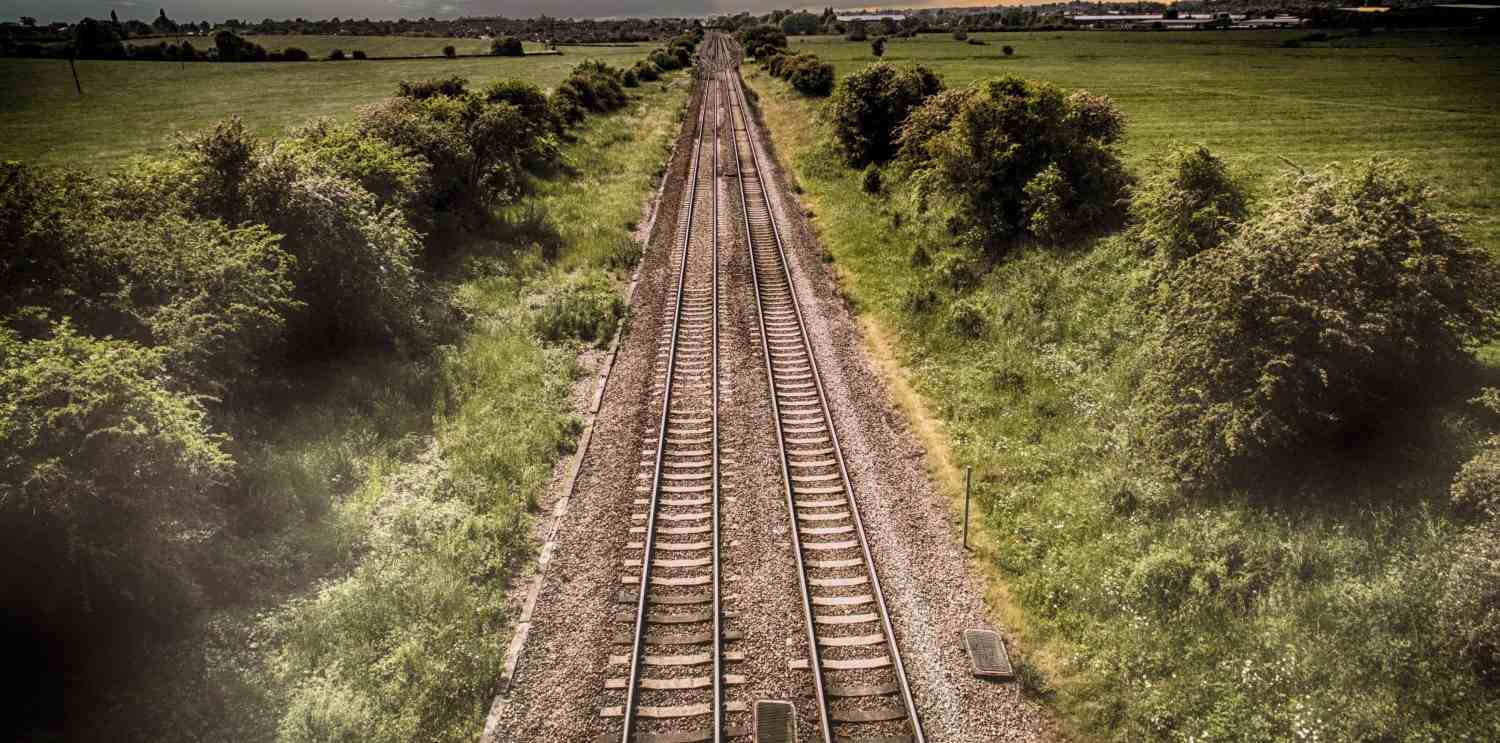Purpose of Railway Sleepers and Their Types? 3 Important Points
- By
- Pooja |
- December 03, 2020 |
- Civil Engineering, Pway / Railways,

Table of Contents
Some Key Advantages of Slab Track Systems:
What is the purpose of Railway Sleepers, how do they perform, and what are the advantages? If you are curious about it.
Please read this interesting blog for details.
Initially, (olden times) Railway sleepers were made of wood (softwood and /or hardwood). The majority of the Railway network in the UK was initially laid with wooden tracks except for the London Subway (underground tubes) which was initially made of hardwood also known as Jarrahwood, Sleepers are placed perpendicular to the Railway Lines and transfer a load of rail bogies to the sleepers, then to the sub-base foundation.
Types of Railway Sleepers:
There are three key types of Railways Sleepers commonly used in P-Way/ Railway track design:
- Wooden Sleeper
- Steel Sleepers
- Concrete Sleepers
Wooden Sleepers:
Wooden Railway Sleepers come with adequate elastic strength, durability and minimal maintenance requirement. Although they are not suitable to place on Railway bridges over the rivers and in case of Railway Tunnels. According to the direction of placement, Wooden Sleepers are divided into three categories.
- Longitudinal Sleepers
- Horizontal Sleepers
- Short Sleepers
According to its application, wooden sleepers are divided into three categories:
- Ordinary Wooden Sleepers
- Bridge Sleepers
- Pillow Sleepers
Wooden sleepers are normally placed along normal railway tracks and along with turnouts. Wooden sleepers are simpler to produce and transport. Wooden sleepers are easy to fasten with rails. Maintenance and replacement of wooden sleepers are easy. Wooden sleepers don’t last for a very long time and as a result, it needs oil treatment to reduce corrosion at frequent interval.
Steel Sleepers:
Steel Railway Sleepers are recommended to be made in accordance with BS or UIC standards and shaped as per the sleeper requirements of meter gauge railways or heavy freight railways. Steel Sleepers need minimum maintenance compared to wooden sleepers. The transportation, placement, fastening and replacement of Steel Sleepers is simple and less complicated tasks than other sleepers. Steel Sleepers minimise the need for ballast quantities.
Steel sleepers come with a lightweight and customised design to meet the track requirement. When old sleepers are removed from the track, they are recycled for various other purposes. Although the initial price of manufacturing and production of steel sleepers is much higher than wooden or concrete sleepers.
Read More:
Concrete Sleepers:
Concrete Railway Sleepers are made of cement concrete to transmit the load of the Train to the ballast and sub-base foundation. Concrete Sleepers are generally made with Prestressed Concrete processes by using either Pre-tension system or a post-tensioning system.
Please read this blog for further details:
Concrete Sleepers come with better stability in the lateral direction and provide a high level of elastic support. It comes with long life and high corrosion resistance characteristics.
Slab Track:
Slab tracks are Modern type Track systems that eliminate the needs of traditional type ballasted Track systems. A slab track is a highly efficient track and is commonly used for high-speed trains, bullet trains or elevated metro or LRT System. To know more about types of Railways, please see this blog for details:
Concrete Slab Track
As the name suggests concrete slab tracks are made of cement concrete rigid system and it transmits the load of the rail bogies to the underneath concrete slab and then to the underneath foundation. Concrete Slabs are largely divided into 5 key track systems:
- Direct Fix Track
- Embedded rails
- Floating Slabs
- Cast in-sleepers
- Booted Sleepers
Direct Fix Tracks:
In Direct Fix Track, the rails are fixed with concrete slabs and the rails are exposed. Anchor bolts and fasteners are attached with concrete and then connected with the rail sleepers.
Embedded Rails:
Embedded Rail Tracks are a robust and very safe system and are widely used in modern PWay Track Design and Construction. In this system, the rails are embedded within the concrete slab and supported by elastomeric pads to minimise vibration. A digitally controlled Lubrication system is used to minimise the noise levels generated by wheel and rail friction.
Embedded rails are commonly used for Metro or LRT tracks in the urban environment where the control of Noise and Vibration plays a very important role.
Floating Track Slabs:
Floating Track Slabs come with high load carrying with low resonance characteristics and are therefore designed and constructed for Railway Tracks within tunnel Structures. The construction of Floating Track slabs is way higher than other forms of track slabs, but they are the most efficient ones in case of a track slab requirement within the Tunnel environment.
Cast in-sleeper Track Slabs:
In this system, rails are placed over the sleeper with the help of a baseplate and sleepers are cast over the concrete slab. They are well known and widely used for high-speed track design and construction.
Booted Sleepers
In this system, Rails are placed over a dual block pre-cast concrete sleeper unit and those units are recessed into the cement concrete slab. This makes the system robust and enables to minimise the resonance therefore it is preferred to use in the case of tracks in Tunnels.
Some Key Advantages of Slab Track Systems:
- Absolute minimum maintenance needs
- For useful for high-speed tracks
- Low noise and vibrations
- Design life is significantly higher than in other systems
- Highly Reliable for long term
- Sustainable and Green Solution
- Light construction depth
I hope this blog gives adequate information about various forms of Railway Sleepers and Track Slabs.
Please feel free to like, share and comment.
Read More:
- What are As-Built Drawings in Construction? 6 Important Points
- 30 Most demanding and useful design software for Civil Engineers
Admin, gcelab.com Please see our Pillar Post to know why we founded gcelab.com.

Pooja
Founder at gcelab.com, Pooja is an Entrepreneur unlocking human potential. Working in the Principles of Lean Start-up, Pooja believes in Transparency and User Happiness the most. Pooja’s background in teaching gives her a sophisticated grasp on even the most tedious aspect of course building. She is passionate about people who believe that good is not enough.


